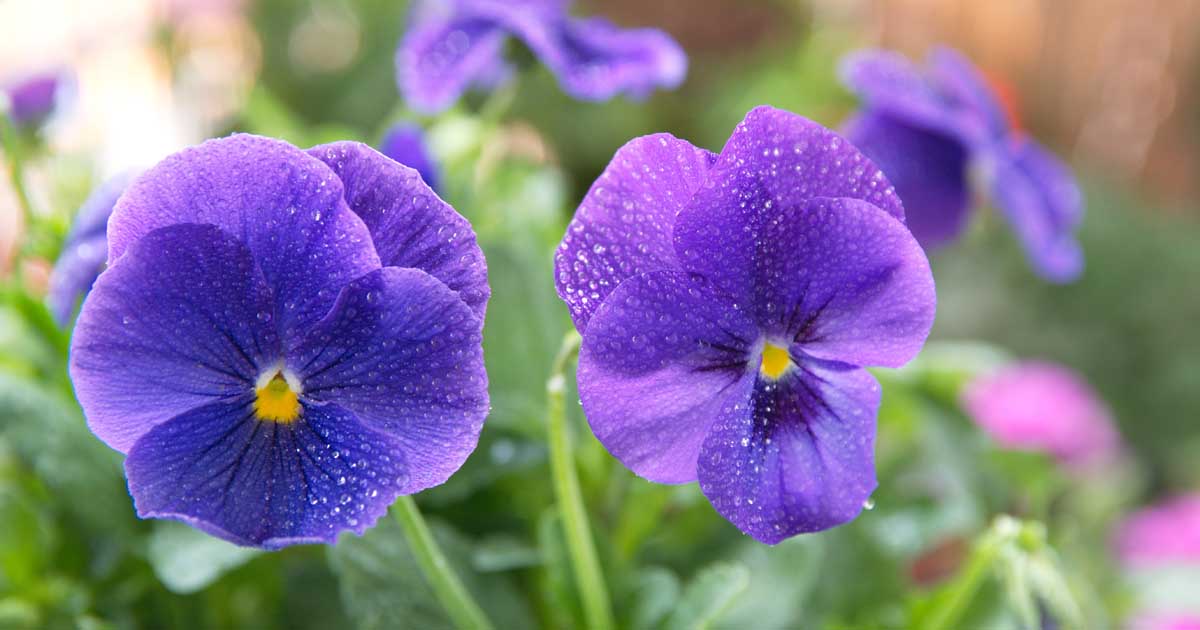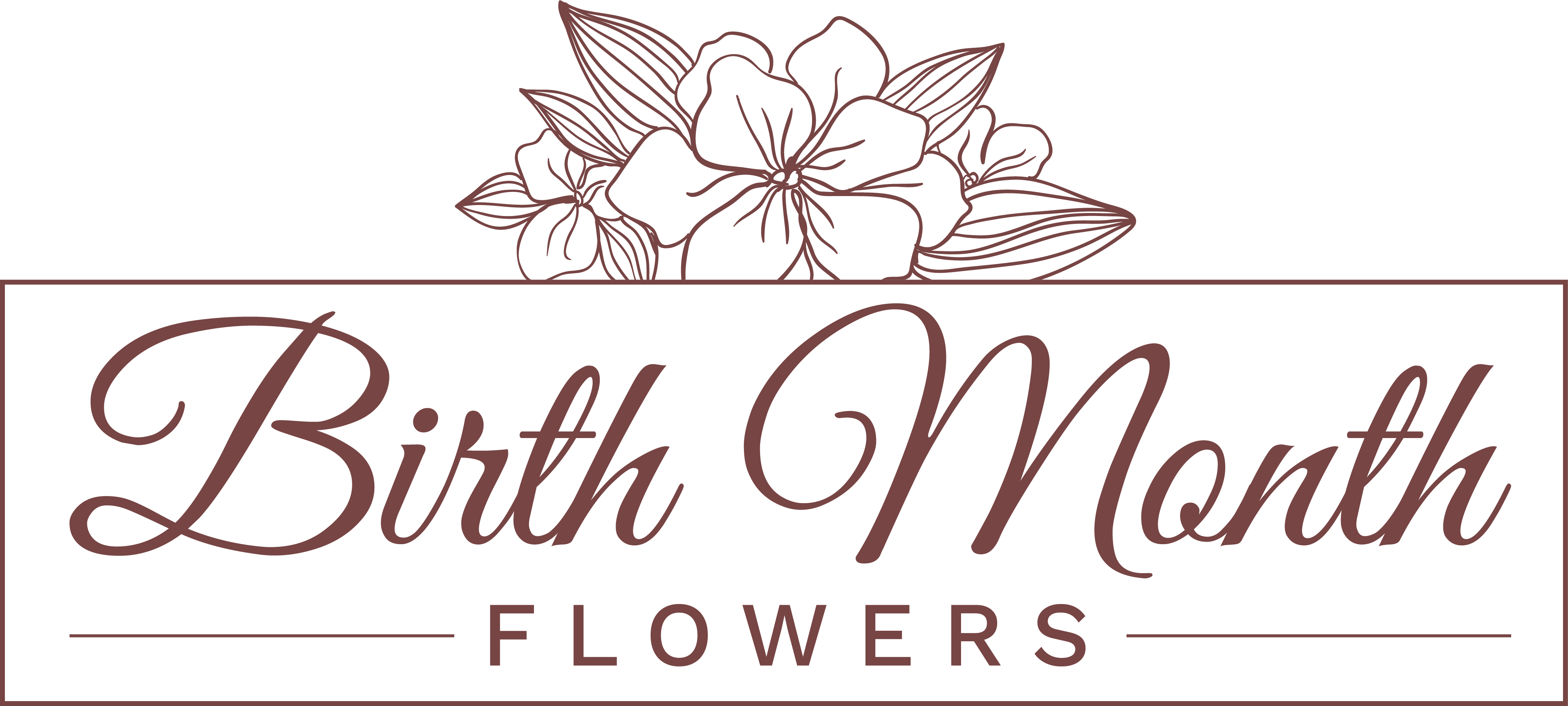Violets Plant
Viola is a genus of about 500 species of plants in the Violaceae family. This includes small, single-color violets and the larger, often multi-colored violas and pansies.
All About Violets – Facts, Description & Uses

Violets are simply charming. Popular for their violet-colored flowers, they are a staple for both outdoor plantations as well as indoor plants. Wherever they bloom, the space gets filled with a spirit of joy and vibrancy. These lovely blooms are not just a feast for the eyes; they carry rich cultural symbolism. That’s why they are the perfect choice for February birth flowers. Besides, there is so much more for you to know about these flowers. So, let’s dive in!
Violets – Facts & Description
Viola is a genus of about 500 species of plants in the Violaceae family. This includes small, single-color violets and the larger, often multi-colored violas and pansies. Viola plants can be either annuals (living for one year) or perennials (living for several years). Because these plants easily cross-breed, it can be hard to tell them apart. Apart from their signature violet color, they also come in various colors except red. Moreover, each flower has five petals. Many Violas have heart-shaped leaves.
You should also know that violet is a self-pollinating plant. Besides, they are known for their adaptability and attractive appearance. Their blooming period begins from late summer and ends in early autumn. These are some of the commonly found types of violets:
- Horned Violet
- Yellow Violet
- Common Blue Violet
- Johnny Jump
- Pansies
Guide Info About Violets
| Common Name | Violet |
|---|---|
| Scientific Name | Voila |
| Family Name | Voilaceae |
| Size | 2-12 inches height |
| Plant Type | Perennial, annuals |
| Hardiness | 3-9 |
| Maintenance | Low |
| Exposure | Full, Partial Sun |
How to Plant Violets?
Violets are tough plants that can be planted at any time of the year as long as the soil and weather are suitable. If the soil is dry, make sure to water the plants until they are they are fully grown. When planting violets in groups, space them 15 cm apart. Violets grow best in full sun or partial shade. They like rich, organic soil that drains well. You can plant them in woodland gardens, on rockeries and slopes, at the front of garden borders, or under shrubs that provide light shade.
What are Violets Used For?
The most amazing thing about violets is their diverse range of uses. This means that these blooms are not just beautiful but beneficial in so many ways, including:
- Used in dishes like salads, sauces and syrups
- Violets have a lot of medicinal benefits
- They are also used to make perfumes
Violets as February Birth Flowers
Undoubtedly, violets as the primary birth flowers for February are absolutely right. After all, their symbolism makes every day of February special. Whether it’s Valentine’s Day or your loved one’s birthday, you can make all occasions meaningful and memorable. Incorporate these into your gifts and bring smiles to the faces of your friends and family.
FAQs About Violets
The rates of violets depend on various factors, including the variety, your seller, and the availability of these flowers in your region.
Absolutely, yes! Violets are said to have a sweet, powdery, and romantic fragrance. The fragrance elements, ionones, in these flowers, range from candy-like to woody, floral notes.
Violets are so special because of the deep meanings they carry. Generally, they are considered a sign of love, purity, and chastity.

